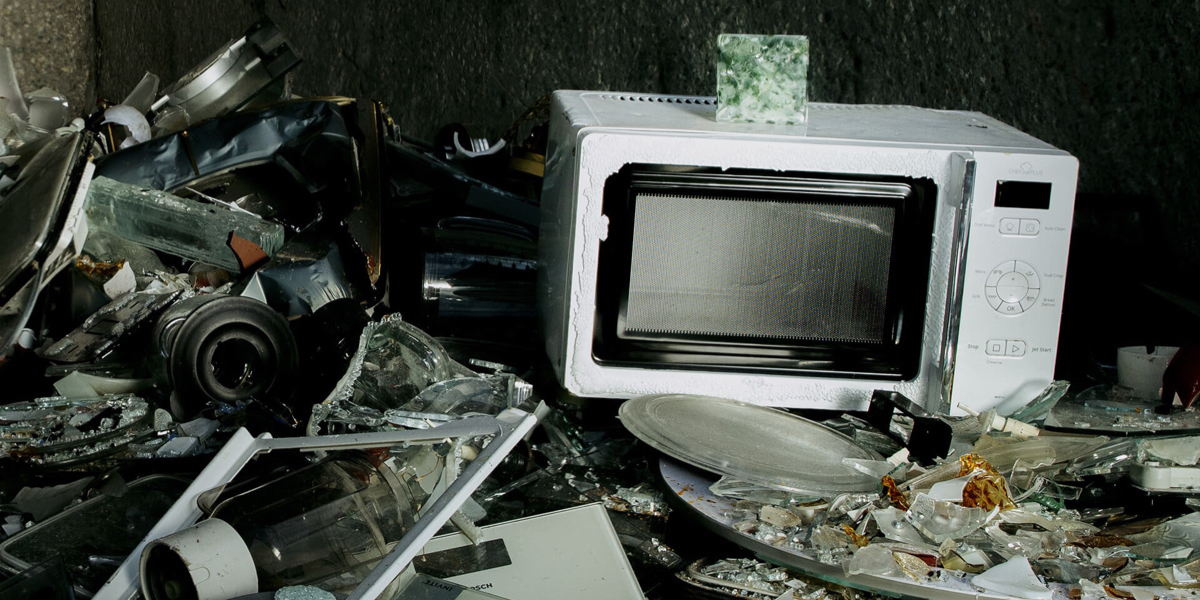AÑO
2023
CATEGORÍA
Trabajo
OBJETIVOS
Energía asequible y no contaminante, Industria, innovación e infraestructura, Ciudades y comunidades sostenibles, Producción y consumo responsables, Acción por el clima
PAL. CLAVE
Sustainable Material, sustainable architecture, recycle, closed loop production, plastic, recycled glassware, sand
PAÍS
Norway
CRÉDITOS
Henry Stephens ( Snøhetta ), Archibald Godts and Theresa Bastek (Studio Plastique)
LINK
https://snohetta.com/projects/569-forite-tiles-from-industry-waste-to-product
Common Sands: Forite Tiles
Architectural tiles made from glass salvaged from discarded ovens and microwaves.
How does it work?
With an aim to explore and derive potential applications from recycling e-waste glass, Common Sands – Forite tiles emerged as a collaborative project between Norwegian design and architectural studio Snøhetta and Belgian designer duo, Studio Plastique, built on a powerful, existing material research by the latter. The resulting product design are translucent architectural tiles displaying terrazzo-like motley of recycled glass pieces, featuring specks of green, black and gold, each unique and depending on the base material’s complexity. The practices also share that e-waste glass is an untapped resource that can and should be recycled, as it employs less energy than producing new glass and because silicate scarcity is an emerging global issue.
Why is it needed?
We are still unable (or scared) to fully grasp the real, abysmal impact of waste – no other species that inhabit this planet generates as much by-waste as humans do – be it from the medical industry, food production and packaging, or the most notorious of all, the fabric and fashion business. Similarly, the bedrock of modern society, the technological and electronics sector, spews an obscene amount of non-recyclable/ up-cyclable elements, of which sand is a resource that is essential for its continued functioning. It ensures the working of our electronic devices, keeps homes warm and illuminated, enables faster communication, warrants a more sustainable consumption of energy, and is primal to the production of silicon microchips, fibre-optic cables, insulation and solar cells. It is also the principal ingredient in glass, which is commonly used across consumer electronic products such as fridges, microwaves, and computers.
How does it improve life?
Great efforts are made to extract, transport, refine and process sand into complex electronic components, yet, little is done to recycle the said components when these electronic devices reach the end of their lives. Not many know that glass features material properties excellent for recycling, but EU directives on effectively processing it from electronic waste (e-waste) do not currently exist. At least, not successful, effectively sustainable routes. Sand remains a finite resource, and as the volume of e-waste rapidly increases manifold on a global level, there is a stringent need to put in place strategies and design solutions.





